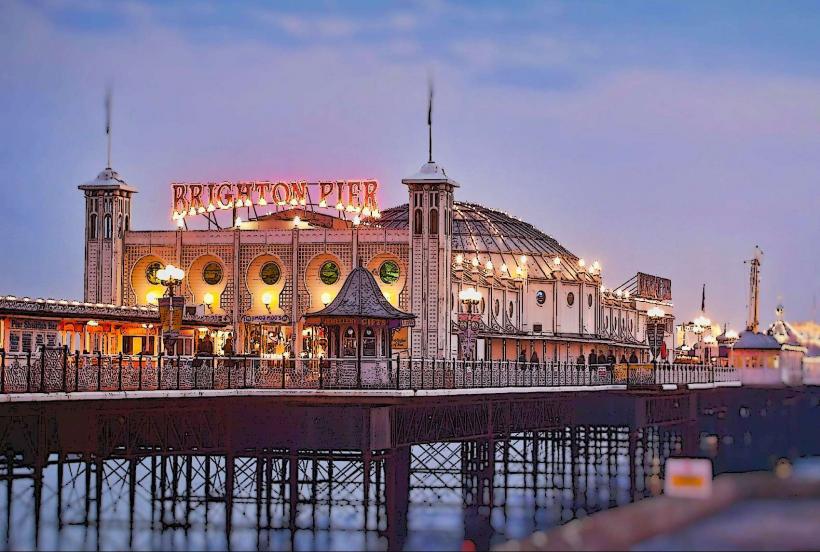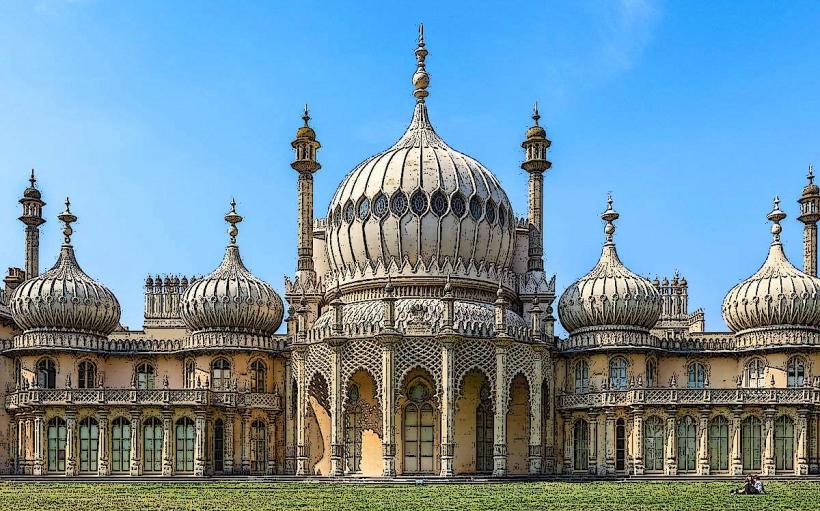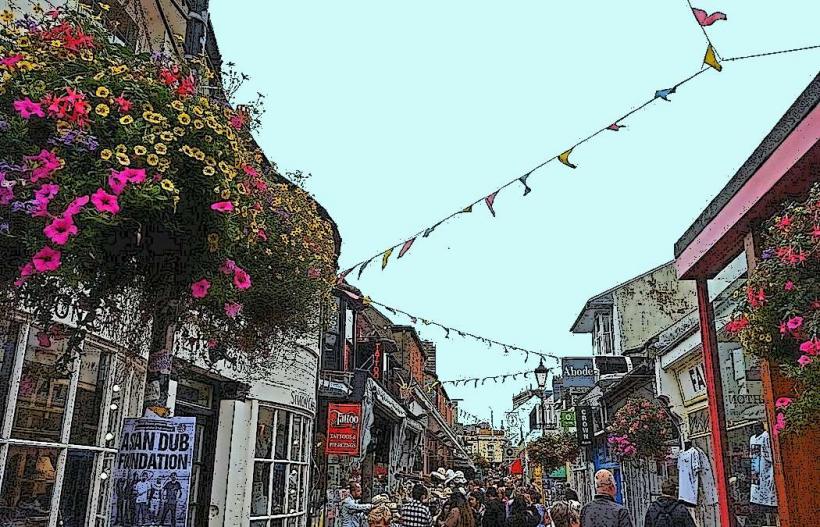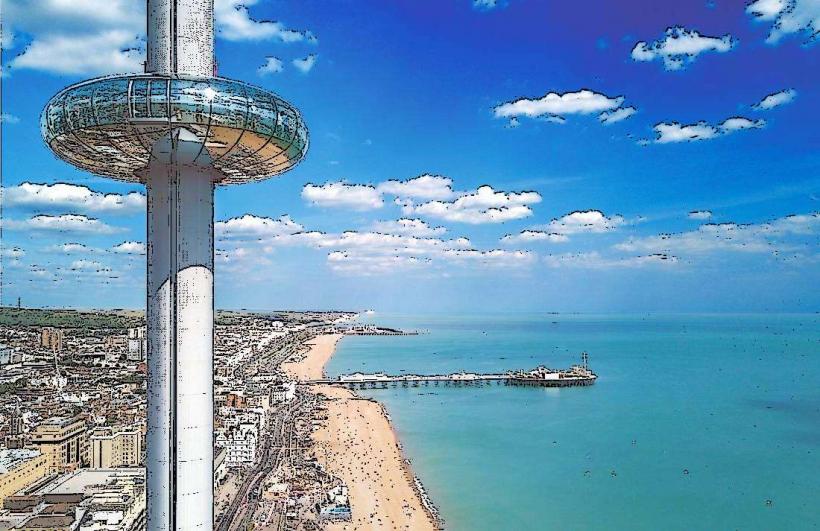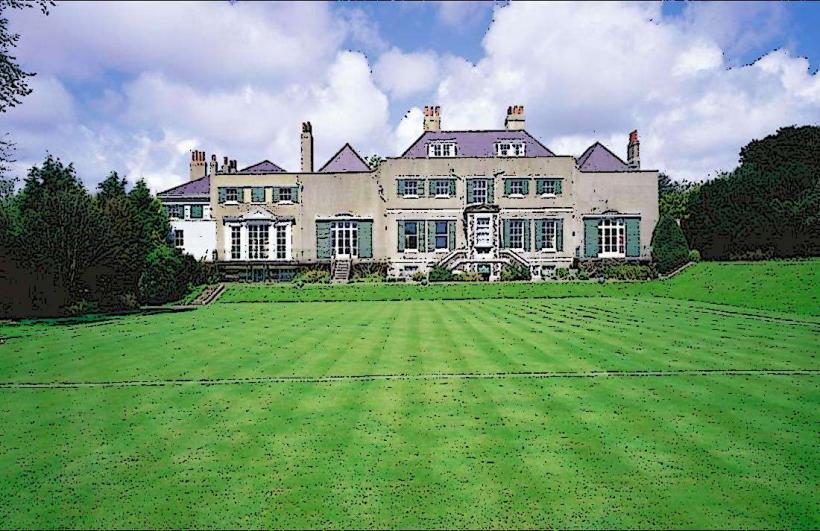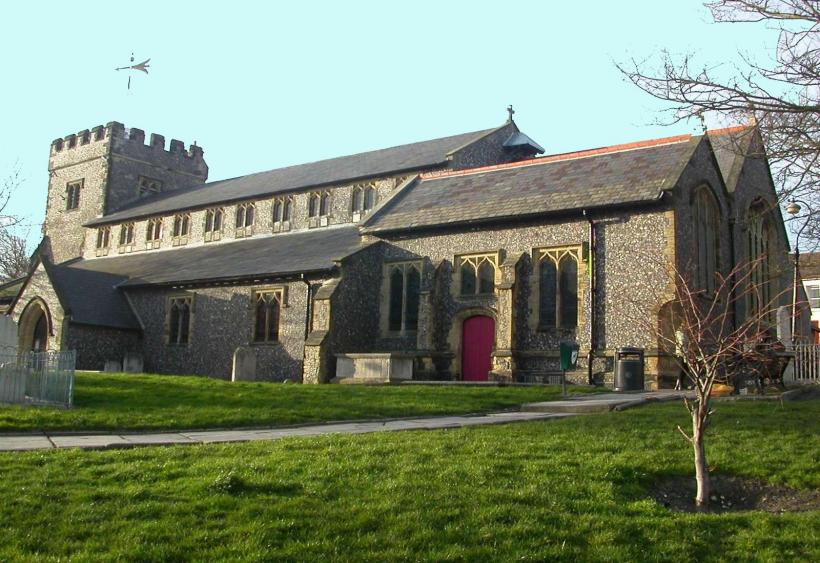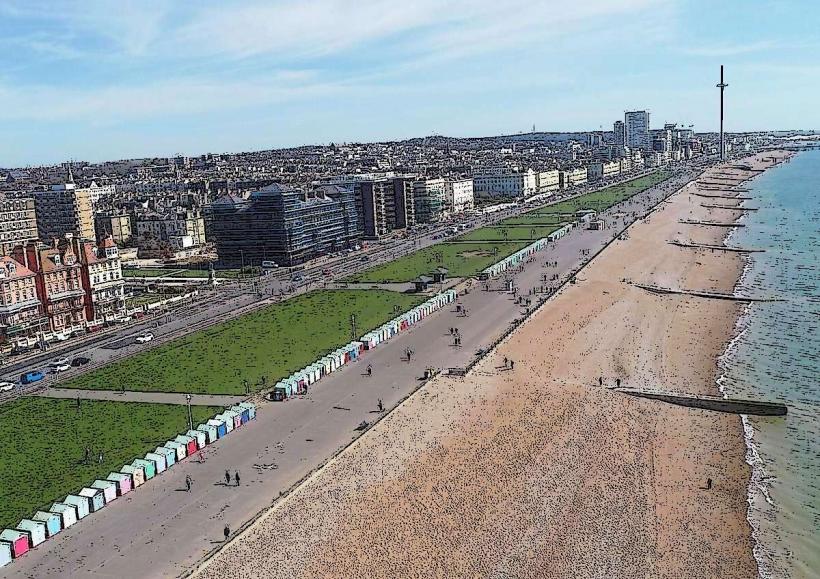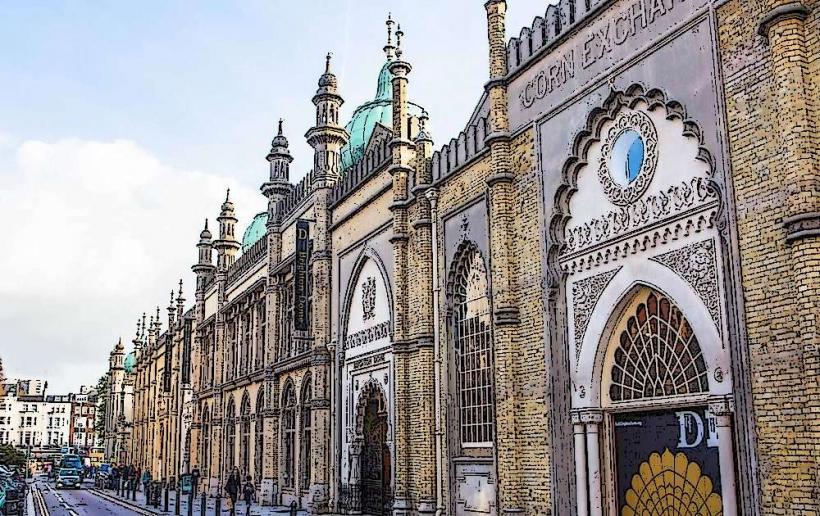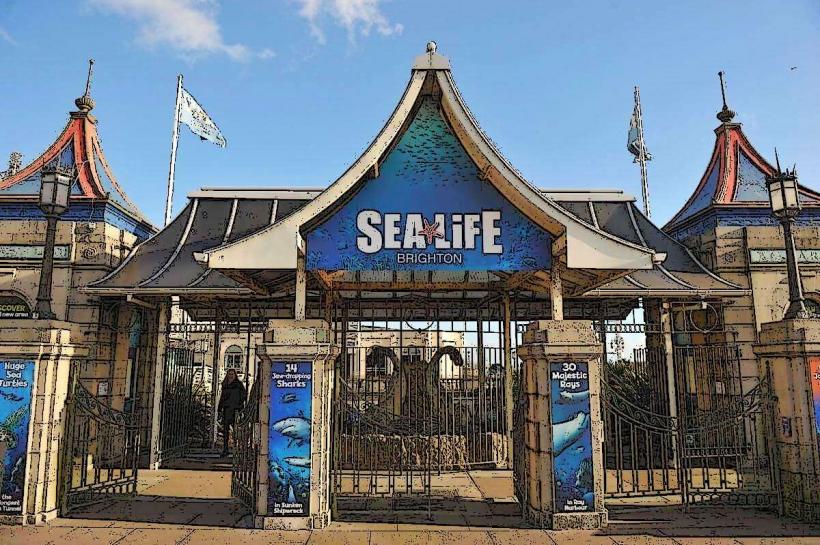Information
Landmark: Brighton Museum and Art GalleryCity: Brighton
Country: United Kingdom
Continent: Europe
The Brighton Museum and Art Gallery is a significant cultural institution located in the heart of Brighton, England, within the grounds of the Royal Pavilion. Known for its eclectic and diverse collections, the museum is a great place for visitors to explore the history, art, and culture of the region, as well as international artifacts. It offers a fascinating insight into a range of topics, from local history and fashion to fine art and world cultures.
History and Background
The Brighton Museum was officially opened to the public in 1872. The building housing the museum and gallery was originally built as a library in the early 19th century, and its transformation into a museum was part of the city’s desire to promote arts and culture. The museum's creation was closely tied to the growing Victorian interest in public access to culture and learning, which led to the foundation of many public museums across the UK.
In the late 20th century, the museum underwent several renovations and improvements. It was expanded and refurbished to accommodate its growing collections, and in 2001, it was rebranded as the Brighton Museum and Art Gallery. Today, the museum is part of the Royal Pavilion & Museums Trust, a collection of institutions in Brighton that includes the Royal Pavilion, Booth Museum of Natural History, and Hove Museum and Art Gallery.
Collections and Exhibitions
The museum’s collections are diverse, spanning a wide range of subjects. The exhibitions are regularly updated, ensuring that there is always something new to see. Key areas of focus include:
1. Fine Art
The museum’s fine art collection includes a rich assortment of paintings, drawings, prints, and sculptures, primarily from the 18th century to the present day. The collection focuses on British and European artists, but it also includes works from across the globe.
- Notable Artists: The collection includes works by artists such as John Constable, William Blake, Henry Moore, and Vanessa Bell. The museum has strong collections of 20th-century British art, particularly from the Bloomsbury Group and artists associated with British Modernism.
2. World Art and Design
One of the museum’s most notable features is its international collection. The museum showcases art and design from Asia, Africa, and the Pacific Islands. These collections provide visitors with a unique opportunity to explore the decorative arts and cultural artifacts from different parts of the world. Highlights include:
- Chinese ceramics and textiles
- African sculpture and masks
- Indian textiles and decorative arts
- Pacific Islander artifacts, such as intricately carved wood and woven pieces
3. Fashion and Textiles
The museum is home to an outstanding collection of fashion and textiles, which showcases the evolution of clothing styles from the 18th century to the present. This collection includes examples of historic costume, as well as contemporary fashion pieces. It’s a significant resource for anyone interested in the history of clothing, fashion design, and textile production.
- Highlights include Victorian-era garments, 20th-century fashion, and examples of global textiles.
4. Local History and Archaeology
The museum also features a section dedicated to the local history of Brighton and the surrounding area. This collection explores the development of Brighton from its days as a fishing village to its rise as a fashionable seaside resort in the 18th and 19th centuries. It includes:
- Archaeological artifacts from the area, such as Roman and medieval items.
- Georgian and Victorian history, including items related to the Royal Pavilion and seaside leisure.
5. Egyptology
Another standout feature of the Brighton Museum is its collection of Egyptian artifacts, which is among the best in the region. The museum holds items such as mummies, sarcophagi, and funerary objects, all of which offer a glimpse into the ancient Egyptian civilization. These items are accompanied by detailed explanations, providing educational context for visitors interested in ancient cultures.
6. Toys and Childhood
The museum has a fascinating collection dedicated to toys and childhood. This collection features examples of toys from across the ages, ranging from Victorian dolls and Board games to 20th-century action figures. It offers insight into how toys have reflected social changes, advances in design, and changes in childhood play over the centuries.
7. Temporary Exhibitions
In addition to its permanent collections, the Brighton Museum regularly hosts temporary exhibitions that cover a wide variety of topics, including contemporary art, local history, and special themes like fashion, science, and design. These rotating exhibits allow the museum to remain fresh and engaging for repeat visitors.
Architecture and Design
The Brighton Museum and Art Gallery is located within a grand Art Deco building, designed by architect William P. Barnard and constructed in the 1930s. The building itself is a fine example of early 20th-century architecture, with its clean lines and modernist aesthetic. Inside, the museum has been carefully designed to display its diverse collections in spacious galleries, with many rooms benefiting from large windows that allow natural light to flood the space.
The museum is integrated into the wider cultural landscape of Brighton, situated right next to the Royal Pavilion Gardens, offering a peaceful and scenic setting for visitors to explore. The museum is easily accessible, with a main entrance located near the Pavilion, offering a seamless connection to the area’s cultural offerings.
Visitor Experience
1. Exhibitions and Tours
The museum offers a variety of tours and guided exhibitions for visitors who want to learn more about the collections and the history of the museum. Some of the highlights of the visitor experience include:
- Art tours for those interested in the fine art collection.
- Family-friendly tours and activities, including workshops for children to engage with the museum’s collections in a hands-on way.
- Special lectures and events related to the current exhibitions and collections.
2. Café and Shop
The museum has a café where visitors can relax with a coffee, cake, or light snacks. The café offers a comfortable environment for those taking a break between exhibitions. The museum shop is a great place to pick up unique souvenirs, including art prints, books, jewelry, and other items related to the museum’s collections.
3. Education and Community Engagement
Brighton Museum and Art Gallery places a strong emphasis on community engagement and education. The museum offers a wide range of educational programs and events, from school visits to workshops for adults. These activities aim to make the museum’s collections more accessible and enjoyable for people of all ages.
Visitor Information
- Opening Hours: The museum is open year-round, with occasional changes to hours for holidays and special events. Typically, it is open from 10:00 AM to 5:00 PM daily, with extended hours during certain times of the year.
- Admission: Entry to the museum is generally free, although special exhibitions may require an admission fee. Donations are welcome and help support the museum’s continued operation and educational programs.
- Accessibility: The museum is fully accessible to visitors with disabilities, including ramps, elevators, and accessible restrooms. Wheelchairs are available for use.
Conclusion
The Brighton Museum and Art Gallery is a must-visit destination for anyone interested in history, art, and culture. Its rich collections, from fine art and fashion to world cultures and local history, provide a comprehensive experience for visitors. Located in the vibrant city of Brighton, the museum offers a perfect combination of educational and cultural enrichment in a beautiful and accessible setting. Whether you are an art lover, history enthusiast, or simply looking to explore something new, the Brighton Museum and Art Gallery offers an engaging and enriching experience.

